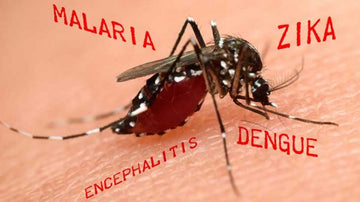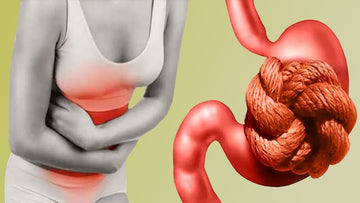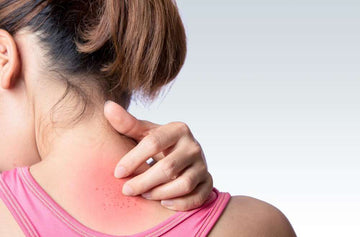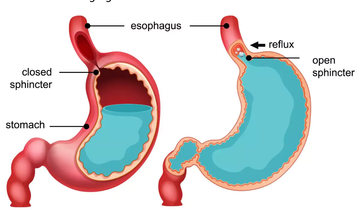Case Study: Ananta Ji – Nerve Compression Due to L4-L5 Vertebral Issues
by Dr Vaid Ji on Oct 26, 2024

Mrs. Ananta Ji, a 32-year-old woman, had been suffering from severe nerve compression due to issues in the L4-L5 vertebrae for several years. Her condition caused debilitating pain, numbness, and weakness in her lower back and legs, making it difficult for her to walk, move, or perform daily activities. Despite consulting numerous doctors and taking various medications, she found only temporary relief, with her condition gradually worsening over time.
Medical History:
- Nerve Compression in L4-L5: Diagnosed with nerve compression due to disc herniation or degeneration between the L4 and L5 vertebrae, causing severe lower back pain radiating to her legs.
- Previous Treatments: She tried various allopathic treatments, including painkillers, muscle relaxants, and physical therapy, but experienced only short-term relief.
- Associated Symptoms: Severe pain while standing or sitting for prolonged periods, numbness, tingling sensations in her legs, and difficulty walking and moving freely.
Consultation at Chandigarh Ayurved Centre:
Desperate for a natural and lasting solution, Ms. Ananta visited the Chandigarh Ayurved Centre. After a thorough assessment, Ayurvedic practitioners determined that her nerve compression and vertebral issues were due to an imbalance in the Vata dosha, leading to degeneration in the spine and nerve compression. The Ayurvedic approach aimed to reduce inflammation, restore spinal health, and strengthen the nervous system to relieve her pain and improve mobility.
Ayurvedic Diagnosis:
- Aggravated Vata Dosha: Causing degeneration of the intervertebral discs and leading to nerve compression.
- Dhatukshaya (Tissue Degeneration): Weakening of the bone and muscle tissues in the spine, worsening her vertebral issues.
- Srotas Obstruction (Channel Blockage): Restricted flow in her nervous system channels, contributing to numbness and difficulty in movement.
Ayurvedic Treatment Plan:
The treatment plan focused on reducing inflammation, strengthening the spine and nerves, and restoring Vata balance through herbal medicines, Panchakarma therapies, and lifestyle adjustments.
-
Herbal Medicines:
- Yograj Guggulu: An Ayurvedic formula to support joint and muscle health, reduce inflammation, and relieve nerve compression.
- Dashmool Capsules: A combination of ten roots used to pacify Vata, strengthen nerves, and relieve lower back pain.
- Trayodashang Guggulu: For nourishing the spine, reducing nerve inflammation, and alleviating muscle pain.
- Ashwagandha: Known for its adaptogenic properties, it helped strengthen the muscles and bones, providing stability to the vertebrae.
- Shallaki (Boswellia): An anti-inflammatory herb to reduce pain, support joint health, and improve mobility.
-
Panchakarma Therapies:
- Kati Basti: A unique therapy where medicated warm oil is pooled over the lower back area to relieve pain, improve flexibility, and soothe inflamed nerves.
- Abhyanga (Full-body Oil Massage): Using medicated oils to improve blood circulation, reduce Vata aggravation, and relieve muscle stiffness.
- Swedana (Herbal Steam Therapy): Application of medicated steam to the body to relax muscles, reduce pain, and enhance mobility.
- Basti (Medicated Enema Therapy): Basti with herbal oils was administered to balance Vata dosha, nourish the spine, and promote healing from within.
- Patra Pinda Sweda: A massage therapy using boluses of herbal leaves dipped in medicated oils, applied to the lower back to reduce stiffness and improve nerve function.
-
Dietary and Lifestyle Modifications:
- A Vata-pacifying diet: Warm, moist, and easily digestible foods to balance Vata and nourish bone tissue were recommended. Foods that increase dryness and Vata, like raw vegetables and cold foods, were restricted.
- Inclusion of healthy fats like ghee and sesame oil to lubricate joints and enhance Vata balance.
- Avoidance of processed foods, caffeine, and cold drinks to prevent further Vata aggravation.
- Gentle Yoga and Stretching Exercises: Customized yoga postures to strengthen the lower back, improve flexibility, and support spinal alignment were introduced gradually.
- Daily pranayama (breathing exercises) to calm the nervous system and reduce stress.
-
Lifestyle Changes:
- Warm Compress: Regular application of a warm compress on the lower back to relieve pain and improve circulation.
- Ergonomic Adjustments: Modifications in her sitting and sleeping postures to reduce strain on the lower back and prevent further compression.
- Incorporating gentle walking to keep the body active and promote healthy blood flow to the affected area.
Results:
After 3 months of continuous Ayurvedic treatment, Ms. Ananta experienced significant improvements:
- Pain Relief: Her lower back pain decreased by 80%, with a marked reduction in inflammation. She could sit and stand for longer periods without discomfort.
- Improved Mobility: The numbness and tingling sensations in her legs reduced significantly, allowing her to walk more comfortably and regain confidence in her movement.
- Enhanced Strength and Flexibility: The strength in her lower back and legs improved, and she felt more stable while walking and performing daily activities.
- Overall Well-being: With reduced dependency on painkillers and other medications, she felt lighter and more energetic, with a positive impact on her mood and daily life.
Conclusion:
Ms. Ananta’s case demonstrates the efficacy of Ayurvedic treatment for chronic nerve compression due to vertebral issues. Through a combination of herbal medicines, Panchakarma therapies, and lifestyle modifications, she was able to achieve substantial relief from her symptoms and restore her mobility. The holistic approach at Chandigarh Ayurved Centre not only addressed her nerve compression naturally but also improved her quality of life, providing long-term relief and overall health benefits.





